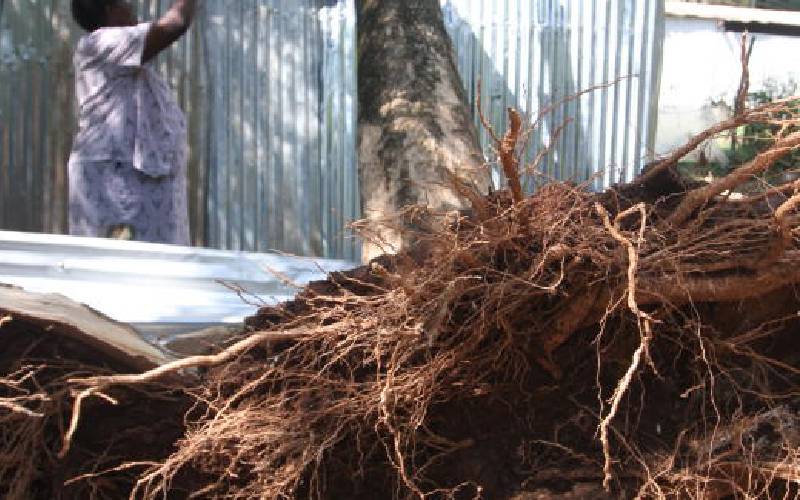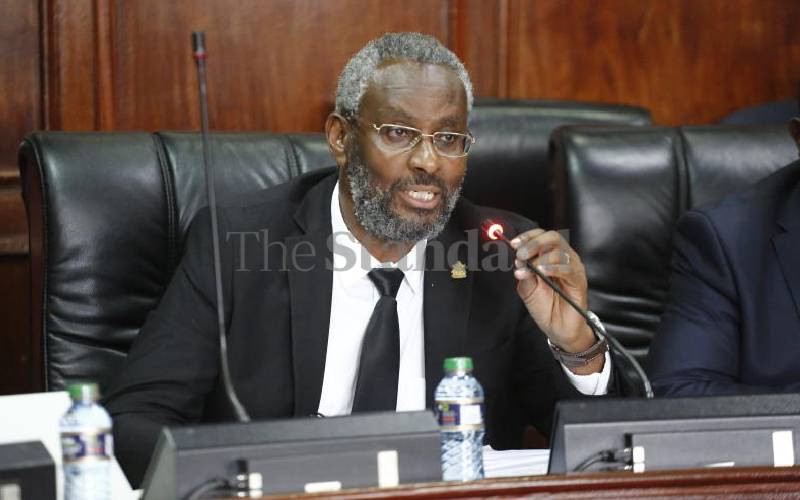
One of the defining characteristics of hustleland in Nairobi is a lack of trees. Hustlers in Nairobi live on the plains along Thika, Mombasa and Jogoo roads.
Interestingly, in the colonial period, the Afrikaans or Boers lived in the plains, while the Britons lived in hilly places with great views. Does that mean the Boers were the hustlers?
It’s unlikely that hustlers hate trees – after all, most grew up in the countryside surrounded by trees and fresh air. Economics drove them out of this environment.
The hustlelands were settled on much later. Think about how long Karen or Muthaiga have been inhabited – it’s been almost 100 years. Compare that with Ruai or Githurai, which were settled on just the other day in the 80s.
The new owners of land in the plains were much poorer than the owners of land in places like Runda or Spring Valley. They bought small pieces of land that could not be left ‘empty’ by being used for trees. What can you plant on an eighth of an acre or less?
But there were also those land owners on the plains who were moneyed but preferred to earn as much as possible by building as many structures as a piece of land could hold. Even rooms were made as small as possible to maximise returns.
Combining the economic imperative of profit maximisation and lower purchasing power led to a treeless hustleland. It would have made sense to leave some green areas to add life to hustleland, but ‘empty space’ was seen as a waste.
However, it’s also possible that such land may have been set aside for trees but got new owners. A visit to hustleland is punctuated by unconfirmed rumours of who owns former playgrounds and other public spaces.
The belief that hustlers don’t need trees, just a place to sleep, is demeaning. Despite their adverse economic status, hustlers still need a green environment.
In the countries that we admire, greening the environment is not based on economic classes. After all, we all breathe the same air.
Grey city
In Nairobi, hustleland, like the desert, is extending to once green suburbs. Lavington now resembles Githurai, and Spring Valley and adjoining areas are fast becoming home to concrete structures that compete with trees in height.
The green city in the sun will soon become the grey city in the sun. While treelessness was the preserve of hustlers, the affluent are also joining in. The allure of money seems to be higher than that of green beauty and fresh air.
Against this backdrop is the spectre of climate change as seen in melting glaciers, unpredictable weather patterns and cyclones along the East African coast.
Stay informed. Subscribe to our newsletter
Balancing the environmental demands of clean air, unpolluted rivers and oceans with the economic imperative of making money has become the big issue of the day.
We need to face that up to this today. Having a clean and liveable environment should be a right for both hustlers and the affluent. There’s no reason hustleland can’t go green. Can developers plant trees? That would even add value to their property.
 The Standard Group Plc is a
multi-media organization with investments in media platforms spanning newspaper
print operations, television, radio broadcasting, digital and online services. The
Standard Group is recognized as a leading multi-media house in Kenya with a key
influence in matters of national and international interest.
The Standard Group Plc is a
multi-media organization with investments in media platforms spanning newspaper
print operations, television, radio broadcasting, digital and online services. The
Standard Group is recognized as a leading multi-media house in Kenya with a key
influence in matters of national and international interest.
 The Standard Group Plc is a
multi-media organization with investments in media platforms spanning newspaper
print operations, television, radio broadcasting, digital and online services. The
Standard Group is recognized as a leading multi-media house in Kenya with a key
influence in matters of national and international interest.
The Standard Group Plc is a
multi-media organization with investments in media platforms spanning newspaper
print operations, television, radio broadcasting, digital and online services. The
Standard Group is recognized as a leading multi-media house in Kenya with a key
influence in matters of national and international interest.









